Borderlands 4, Gearbox Software's latest chaotic looter-shooter, launched on PC on September 11, 2025, with consoles following on September 12. Powered by Unreal Engine 5, it features stunning visuals like advanced lighting, volumetric effects, and detailed environments on the planet Kairos. These demanding features cause performance issues, even on high-end hardware like the RTX 4090, where frame rates drop below 60 FPS without tweaks. This guide helps balance graphics and performance for any setup.
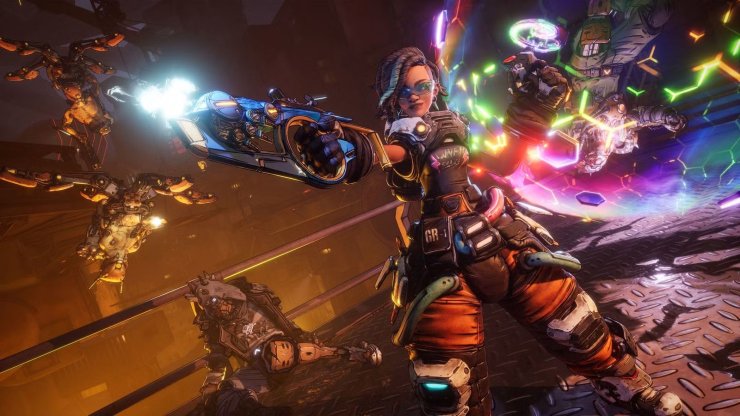
System Requirements: Does Your PC Make the Cut?
Before diving into settings, ensure your hardware meets the baseline. Borderlands 4's requirements are steep, reflecting its use of UE5 features like Lumen for global illumination and Nanite for geometry. Here's a breakdown:
Minimum Specs (1080p @ 30 FPS, Low Preset)
- OS: Windows 10/11 (64-bit)
- CPU: AMD Ryzen 5 3600 / Intel Core i7-7700 (requires 8 CPU cores/threads)
- RAM: 16 GB
- GPU: AMD Radeon RX 5700 XT / NVIDIA GeForce RTX 2070 / Intel Arc A580 (requires 8 GB VRAM)
- Storage: 100 GB SSD
- DirectX: Version 12
Recommended Specs (1440p @ 60 FPS, Medium Preset)
- OS: Windows 10/11 (64-bit)
- CPU: AMD Ryzen 7 5700X / Intel Core i7-10700K (requires 8 CPU cores/threads)
- RAM: 32 GB
- GPU: AMD Radeon RX 6700 XT / NVIDIA GeForce RTX 3080 (requires 8 GB VRAM)
- Storage: 100 GB SSD
- DirectX: Version 12
Ultra Specs (4K @ 60 FPS, Badass Preset)
- CPU: AMD Ryzen 9 5900X / Intel Core i9-11900K
- RAM: 32 GB
- GPU: AMD Radeon RX 6900 XT / NVIDIA GeForce RTX 4080
These specs target solid performance, but real-world results vary. For instance, at 4K with Badass settings (native resolution), even an RTX 5090 only hits 40-43 FPS without upscaling. If your setup falls short, focus on lowering demanding settings like volumetric fog and shadows.
Understanding Borderlands 4's Graphics Settings
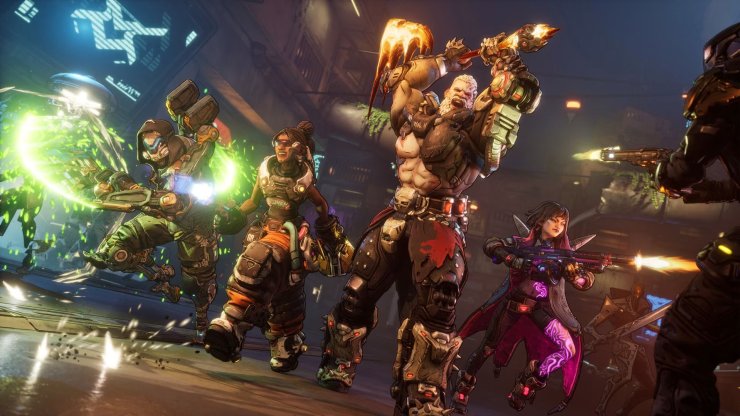
Borderlands 4 offers a robust suite of options under Basic and Advanced tabs. Use the in-game Auto-Detect feature first—it scans your hardware and suggests a preset (Low, Medium, High, Very High, or Badass). From there, tweak individually for better results. Here's the full list:
Basic Settings
- Display Mode: Fullscreen, Windowed Fullscreen, Windowed
- Resolution: Native to your monitor (e.g., 1920x1080, 2560x1440)
- Display Stats: None, FPS, All (enable FPS for monitoring)
- Limit Frame Rate: Off/On (custom limit; cap at your monitor's refresh rate)
- Vertical Sync: Off/On (off for lower input lag, but may cause tearing)
- Field of View: Default 90; increase to 100-110 for wider view (ultrawide supported)
- Vehicle Field of View: Similar to above
Advanced Settings
General
- Graphics Preset: Low to Badass (quick way to apply bulk changes)
- Anti-Aliasing: Disabled/Enabled (enables basic edge smoothing)
Resolution Scaling
- Upscaling Method: Disabled, DLSS (NVIDIA), FSR (AMD), TSR, XeSS (Intel)
- Upscaling Quality: Ultra Performance, Performance, Balanced, Quality, Full Resolution
- Spatial Upscaling Quality: Performance, Balanced, Quality, Ultra Quality, Disabled
- Scene Capture Quality: Low, High, Full Resolution
- Frame Generation: Off/On (NVIDIA DLSS 4 or AMD equivalent; boosts FPS but adds latency)
- NVIDIA Reflex Low Latency: Off, On, Boost (reduces input lag)
Environment
- HLOD Loading Range: Near, Medium, Far (affects distant object detail)
- Geometry Quality: Low, Medium, High
- Texture Quality: Low, Medium, High, Very High
- Texture Streaming Speed: Medium, High, Very High
- Anisotropic Filtering Quality: Off, x1, x2, x4, x8, x16 (sharpens textures at angles)
- Foliage Density: Off, Very Low, Low, Medium, High, Very High
- Volumetric Fog: Low, Medium, High, Very High (major FPS hit)
- Volumetric Cloud: Low, Medium, High, Very High (another performance hog)
- Shadow Quality: Low, Medium, High, Very High
- Directional Shadow Quality: Low, Medium, High, Very High
- Volumetric Cloud Shadows: Disabled/Enabled
- Lighting Quality: Low, Medium, High, Very High (global illumination via Lumen)
- Reflections Quality: Low, Medium, High, Very High
- Shading Quality: Low, Medium, High
Post-Processing
- Post-Process Quality: Low, Medium, High, Very High
- Motion Blur Quality: Off, Low, Medium, High, Very High (disable for clarity)
- Motion Blur Amount: Slider (set to 0 for no blur)
These settings are from official sources and player reports. Key culprits for low FPS include Volumetric Fog/Clouds, Lighting Quality, and Reflections—lower them first for big gains.
Best Settings for Different Hardware Tiers
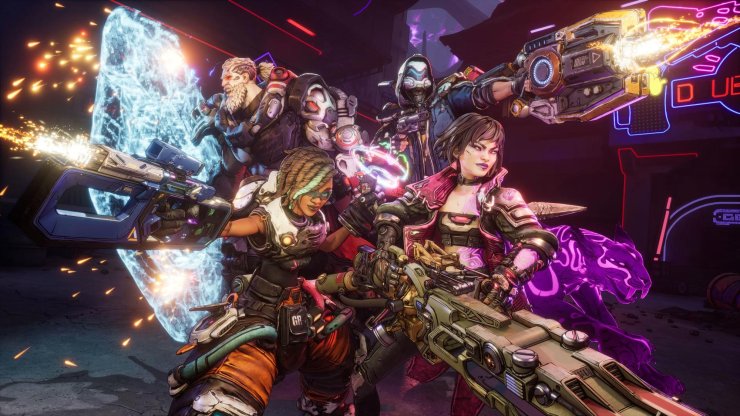
Tailor based on your GPU VRAM and goals. Always test in a demanding area, like early-game stash hunts. Use tools like MSI Afterburner to monitor FPS, GPU/CPU usage, and temperatures.
Low-End (6-8 GB VRAM, e.g., RTX 3060 or RX 6600)
Aim for 1080p @ 60 FPS. Start with Low Preset, then adjust:
- Upscaling: FSR/DLSS on Performance; Frame Gen Off (avoids artifacts)
- Texture Quality: Medium
- Volumetric Fog/Clouds: Low
- Shadows/Lighting/Reflections: Low
- Foliage Density: Low
- Motion Blur: Off
- Anti-Aliasing: Enabled
Expected FPS: 60-70 with tweaks. If stuttering, cap FPS at 60 and enable V-Sync.
Mid-Range (8-12 GB VRAM, e.g., RTX 4070 or RX 6700 XT)
Target 1440p @ 60-90 FPS. Use Medium Preset as base:
- Upscaling: DLSS/FSR on Balanced; Frame Gen On for extra boost
- Texture Quality: High
- Volumetric Fog/Clouds: Medium
- Shadows/Lighting/Reflections: Medium
- Foliage Density: Medium
- Anisotropic Filtering: x8
- Motion Blur: Off
- NVIDIA Reflex: On + Boost
This setup balances visuals and smoothness. Enable Frame Gen if dipping below 60.
High-End (16+ GB VRAM, e.g., RTX 4080/5090)
Go for 4K @ 60+ FPS with Badass Preset:
- Upscaling: DLSS 4 on Quality; Frame Gen On (doubles FPS in tests)
- Texture Quality: Very High
- Volumetric Fog/Clouds: High
- Shadows/Lighting/Reflections: Very High
- Foliage Density: Very High
- Anisotropic Filtering: x16
- Motion Blur: Off
At native 4K/Badass, expect 40-50 FPS; DLSS pushes it to 80-100+. Use NVIDIA's app for DLSS overrides if needed.
Additional Optimization Tips
- Update Drivers: Grab the latest NVIDIA Game Ready driver (581.29) for Borderlands 4 optimizations. AMD/Intel users, check for updates too.
- NVIDIA-Specific: Use the NVIDIA App to override DLSS to the latest version and apply color tweaks (e.g., Brightness 70, Contrast 80, Gamma 1.20, Digital Vibrance 90%) for better visibility.
- Day-One Patch: Install it for performance fixes, though issues persist.
- Troubleshooting: If crashing, verify files on Steam/Epic. For stuttering, disable Motion Blur and Volumetric effects entirely. Check 2K's troubleshooting guide for more.
- Extra Tweaks: Edit GameUserSettings.ini for hidden options like higher shadow res (advanced users only). Disable Windows visual effects for a snappier system.

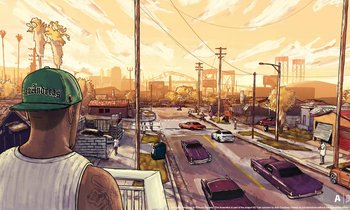
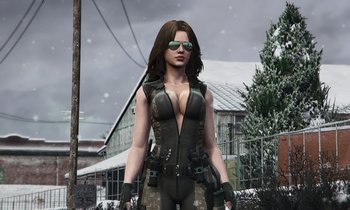







Comments